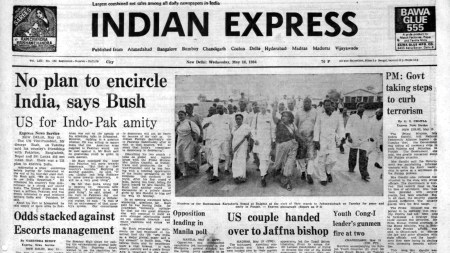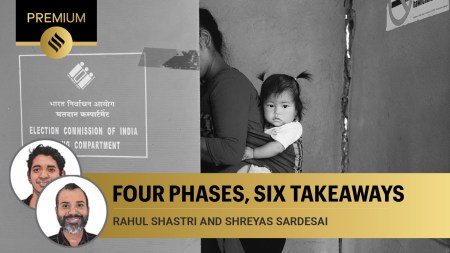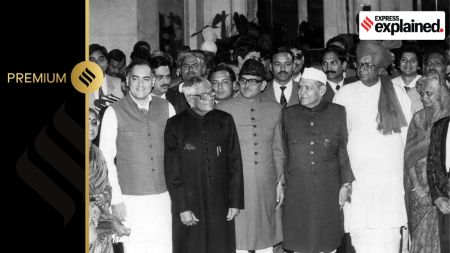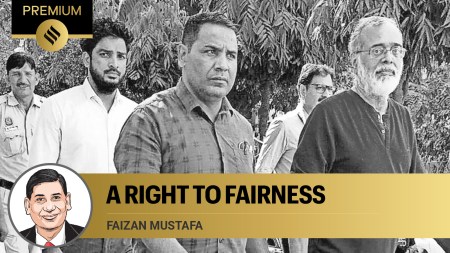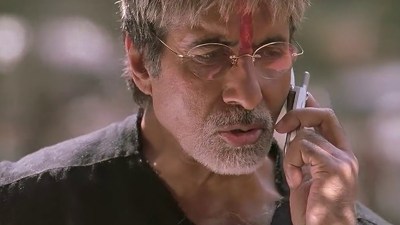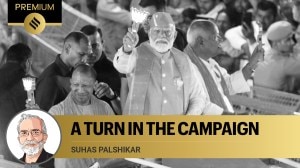- India
- International
A question for the collegium: Why was Justice S Muralidhar not brought to the Supreme Court?
The collegium needs to explain its decision, considering Muralidhar’s exemplary record as a judge and legal scholar.
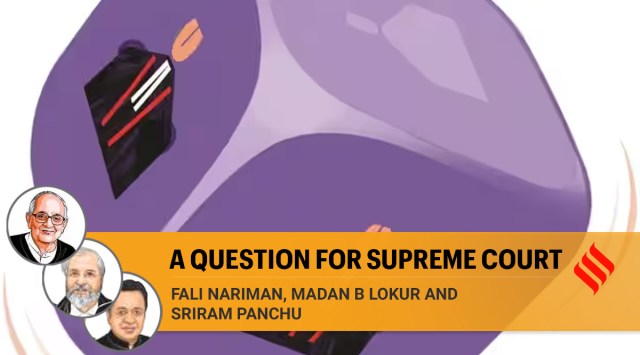 During the Delhi riots in 2020, he held a late night sitting to mandate ambulance services to victims and rehabilitation measures. (illustration by CR Sasikumar)
During the Delhi riots in 2020, he held a late night sitting to mandate ambulance services to victims and rehabilitation measures. (illustration by CR Sasikumar) Among this country’s finest judges in recent times, S Muralidhar, retired on August 7, 2023 as the Chief Justice of the Orissa High Court. The purpose of this piece is to ask the collegium why his retirement date was not August 7, 2026, from the Supreme Court.
Muralidhar had a sparkling career as a lawyer, mainly in the Supreme Court. His engagement with the law was wide and deep, as a lawyer and in his academic pursuits, which led to a doctorate from Delhi University for his thesis on legal aid and the criminal justice system in India. His book, Law, Poverty and Legal Aid: Access to Criminal Justice, is a seminal contribution to the subject. He appeared in important cases, was the Election Commission’s counsel during T N Seshan’s time, and was also part-time member of the Law Commission of India. An impressive bio.
That profile acquired legendary proportions during his tenure as a judge of the Delhi High Court from 2006 to 2020. He was the ideal judge — quick to grasp, patient in hearing, fair in result, and ran his court with the efficiency of a management wizard: He was one of the first to insist on paperless performance. His was the ideal balance of the scales since he adjusted them ever so rightly to secure the ultimate higher balance of justice.
His array of significant cases is long. Along with Justice A P Shah, he authored the path-breaking Naz Foundation judgment that decriminalised consensual homosexuality by reading down Section 377 of the IPC. He convicted Congress leader Sajjan Kumar for his role in the 1984 anti-Sikh riots. He sentenced 16 policemen to life imprisonment for the targeted killing of 38 Muslims in Hashimpura. He granted bail to Gautam Navlakha, one of the activists arrested in the Bhima Koregaon case.
During the Delhi riots in 2020, he held a late night sitting to mandate ambulance services to victims and rehabilitation measures. His Bench slammed the Solicitor General and the police for not registering cases against BJP leaders for provocative speeches; this obviously led to his hurried transfer to Punjab and Haryana HC by an executive midnight order. There are also a long line of excellent judgments on constitutional and commercial law, civil and criminal matters, and the like.

In January 2021, he was appointed Chief Justice of the Orissa High Court. Orissa and its high court are thought of as rather quiet places where nothing much happens. That changed with Muralidhar’s entry. For the next two years, that Court became the national hub of innovation and initiatives, spanning technology to museums, covering virtually all aspects of the court and legal functioning. As an overall exercise in lifting an institution from the past and hefting it into the future, this merits a combined study from Harvard’s law and business schools. Just have a glance at the website of the Orissa High Court. Its filings, records, fees are in e-mode, it has paperless benches, hybrid hearings and e-libraries. Warrants are served in e-mode, to overcome a huge backlog. An E-PIL portal enables the public to know about important cases and relevant orders. E-Muralidhar at work.
He created a centre for arbitration and a centre for mediation. Both are well designed and staffed and efficient. He improved the age-old library and upgraded the museum. He even designed a model courtroom with proper arrangements for all — litigants, court staff and public. And his judicial work continued unaffected — in 31 months his Bench disposed of 33,322 cases and he delivered 545 judgments across a variety of rosters.
The judge retired at the age of 62; he was in his stride, and had so much more to do and give. Encomiums flowed in from eminent judges and leading lawyers. But one event occurred, which says it all. At his farewell function, hundreds of lawyers, judges and court officers lined up at the High Court to form a guard of honour; it stretched as far as the eye could see, and through this their departing chief walked through amidst a display of emotion. It has never happened before.
The judiciary has lost a treasured asset, a diamond which should have sparkled on the crown. And hence questions, hard questions, must be asked of the collegium of the Supreme Court. Why was this judge not taken to the Supreme Court when he is so supremely qualified and has performed so brilliantly? With such merit on display, along with matchless integrity and probity, on what grounds was he denied his rightful place? Sometimes these questions are asked rhetorically, but this case is a cause celebre, the kind of case that comes up to illustrate the workings of a system, which must be seized upon if we want to examine and improve.
And so we need answers, and on behalf of our communities, retired judges and lawyers, and indeed all others who have an interest and stake in a well-functioning judiciary, indeed all of us, we want to know. Why was S Muralidhar not offered a judgeship on the Supreme Court, especially now when two vacancies exist? And as a subsidiary issue without deflecting from the main one, why was he not even made Chief Justice of the larger and chartered High Court of Madras, a move initiated by the collegium, not acted upon by government, and not pursued by the collegium? No, the answers are not blowing in the wind.
Nariman is a constitutional jurist and senior advocate to the Supreme Court; Lokur is a former judge of the Supreme Court; and Panchu is senior advocate and senior mediator
40 Years Ago
EXPRESS OPINION
More Explained
May 18: Latest News
- 01
- 02
- 03
- 04
- 05



